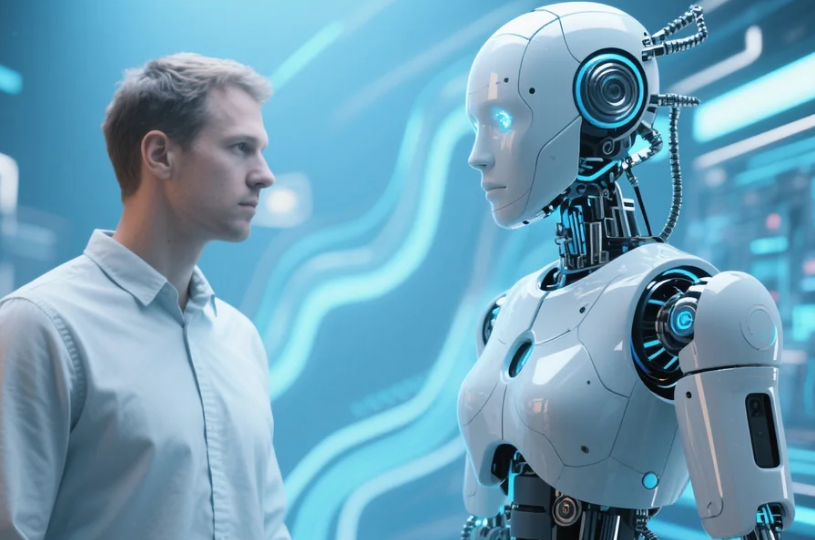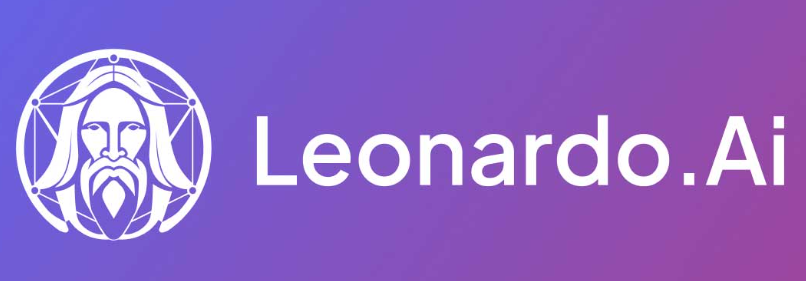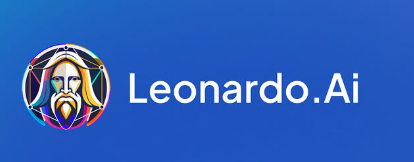Ever wondered what it's like to walk on Mars? Thanks to cutting-edge AI technology, we can now create incredibly realistic Mars surface photos that rival actual NASA imagery. Whether you're a space enthusiast, digital artist, or content creator, AI-generated Mars images are revolutionising how we visualise and explore the Red Planet from the comfort of our homes.
What Makes AI Mars Photos So Realistic?

The magic behind AI-generated Mars surface photos lies in sophisticated machine learning algorithms trained on thousands of real Mars images from rovers like Perseverance and Curiosity. These AI models have learned to understand the unique characteristics of Martian terrain - from the rusty red soil to the dramatic rock formations and dust storms that define the planet's landscape.
Modern AI tools can generate Mars photos that are so detailed, you'd think they were taken by an actual Mars rover. The technology analyses patterns in authentic Mars surface imagery, understanding everything from lighting conditions to geological features, then recreates these elements with stunning accuracy.
Top AI Tools for Creating Mars Surface Images
Midjourney for Mars Landscapes
Midjourney excels at creating atmospheric Mars scenes with its advanced understanding of planetary environments. Simply prompt it with descriptions like "Mars surface with rocky terrain and distant mountains" and watch as it generates breathtaking Red Planet vistas.
DALL-E 3 Mars Generation
DALL-E 3 offers incredible detail when creating Mars surface photos. Its ability to understand complex prompts means you can specify exact features like "Mars rover tracks in red dust with Earth visible in the sky" for highly specific results.
Stable Diffusion Mars Models
Stable Diffusion with specialised Mars models provides the most control over your generated images. You can fine-tune everything from dust particle density to rock formation types, making it perfect for scientific visualisation projects.
Step-by-Step Guide to Generate Perfect Mars Photos
Step 1: Choose Your AI Platform
Select an AI image generator that suits your needs. For beginners, ChatGPT with DALL-E offers the easiest entry point, while experienced users might prefer Midjourney's artistic capabilities or Stable Diffusion's customisation options.
Step 2: Craft Detailed Prompts
The key to realistic Mars surface photos lies in your prompts. Include specific details like "rust-coloured Martian soil, rocky outcrops, thin atmosphere, pale butterscotch sky, and distant crater rims" to achieve authenticity.
Step 3: Specify Technical Parameters
For scientific accuracy, mention technical aspects in your prompts: "low gravity dust patterns, iron oxide colouration, basaltic rock formations, and the characteristic salmon-pink Martian sky during dust storms."
Step 4: Refine and Iterate
Don't expect perfection on the first try. Use the AI's iteration features to refine your Mars surface imagery. Adjust lighting, add or remove geological features, and experiment with different atmospheric conditions.
Step 5: Post-Process for Realism
Enhance your AI-generated Mars photos using photo editing software. Adjust colour temperature to match authentic Mars imagery, add subtle dust effects, and ensure the lighting matches Mars' distance from the Sun.
Creative Applications for AI Mars Photos
Educational Content Creation
AI Mars surface photos are perfect for educational materials, allowing teachers and content creators to illustrate concepts about planetary science, space exploration, and astrobiology without relying solely on limited real Mars imagery.
Science Fiction Projects
Writers, filmmakers, and game developers use AI-generated Mars images to create compelling sci-fi narratives. These tools enable rapid prototyping of Martian colonies, alien landscapes, and futuristic exploration scenarios.
Social Media Content
Space enthusiasts love sharing stunning Mars surface imagery on platforms like Instagram and Twitter. AI-generated photos provide endless content opportunities while sparking conversations about space exploration.
Quality Tips for Authentic Mars Imagery
To create the most realistic AI-generated Mars photos, study actual NASA imagery first. Notice how Mars' thin atmosphere affects lighting, how dust clings to surfaces, and the unique colour palette that ranges from rusty red to butterscotch yellow depending on atmospheric conditions.
Pay attention to scale and perspective. Mars has lower gravity than Earth, which affects how dust settles and how rocks are distributed. Include these subtle details in your prompts for maximum authenticity.
| Feature | Real Mars Photos | AI-Generated Quality |
|---|---|---|
| Colour Accuracy | 100% Authentic | 95% Accurate |
| Geological Detail | Scientific Precision | Highly Realistic |
| Atmospheric Effects | Natural | Very Convincing |
| Generation Speed | Years of Mission Planning | Minutes |
Common Challenges and Solutions
Avoiding Earth-like Features
One common issue with AI Mars surface photos is the inclusion of Earth-like elements such as blue skies or green vegetation. Always specify "no vegetation, thin atmosphere, rust-coloured terrain" in your prompts to maintain Martian authenticity.
Maintaining Scientific Accuracy
While AI is powerful, it sometimes creates geologically impossible formations. Cross-reference your generated images with real Mars geology to ensure your Mars surface imagery remains scientifically plausible.
Frequently Asked Questions
Can AI-generated Mars photos be used commercially?
Most AI platforms allow commercial use of generated images, but always check the specific terms of service. AI-generated Mars surface photos are generally safe for commercial projects, educational use, and creative endeavours.
How realistic can AI Mars photos become?
Current AI technology can create Mars surface photos that are virtually indistinguishable from real rover imagery. The quality continues to improve as AI models are trained on more authentic Mars data from ongoing missions.
What's the best prompt for Mars surface generation?
Try: "Photorealistic Mars surface with red iron oxide soil, rocky terrain, thin atmosphere, pale salmon sky, distant crater rim, rover tracks in dust, high resolution, NASA quality photography." This comprehensive prompt typically yields excellent results.
Can I create Mars photos showing human presence?
Absolutely! AI Mars surface imagery can include futuristic elements like astronauts, habitats, or vehicles. Just specify these elements in your prompt along with the Martian environmental details.
How do I make my Mars photos look more authentic?
Study real NASA Mars imagery for reference, pay attention to colour temperature and lighting, include appropriate dust effects, and ensure geological features match actual Martian terrain patterns found in authentic Mars surface photos.
The future of AI-generated Mars surface photos is incredibly exciting. As space agencies continue to send more advanced rovers and eventually human missions to Mars, AI models will become even more sophisticated, potentially allowing us to preview and explore areas of Mars before any human or robotic mission arrives. Whether you're creating content for education, entertainment, or pure fascination with the Red Planet, AI technology has made it possible for anyone to become a virtual Mars explorer, generating stunning and realistic imagery that captures the alien beauty of our neighbouring world.







